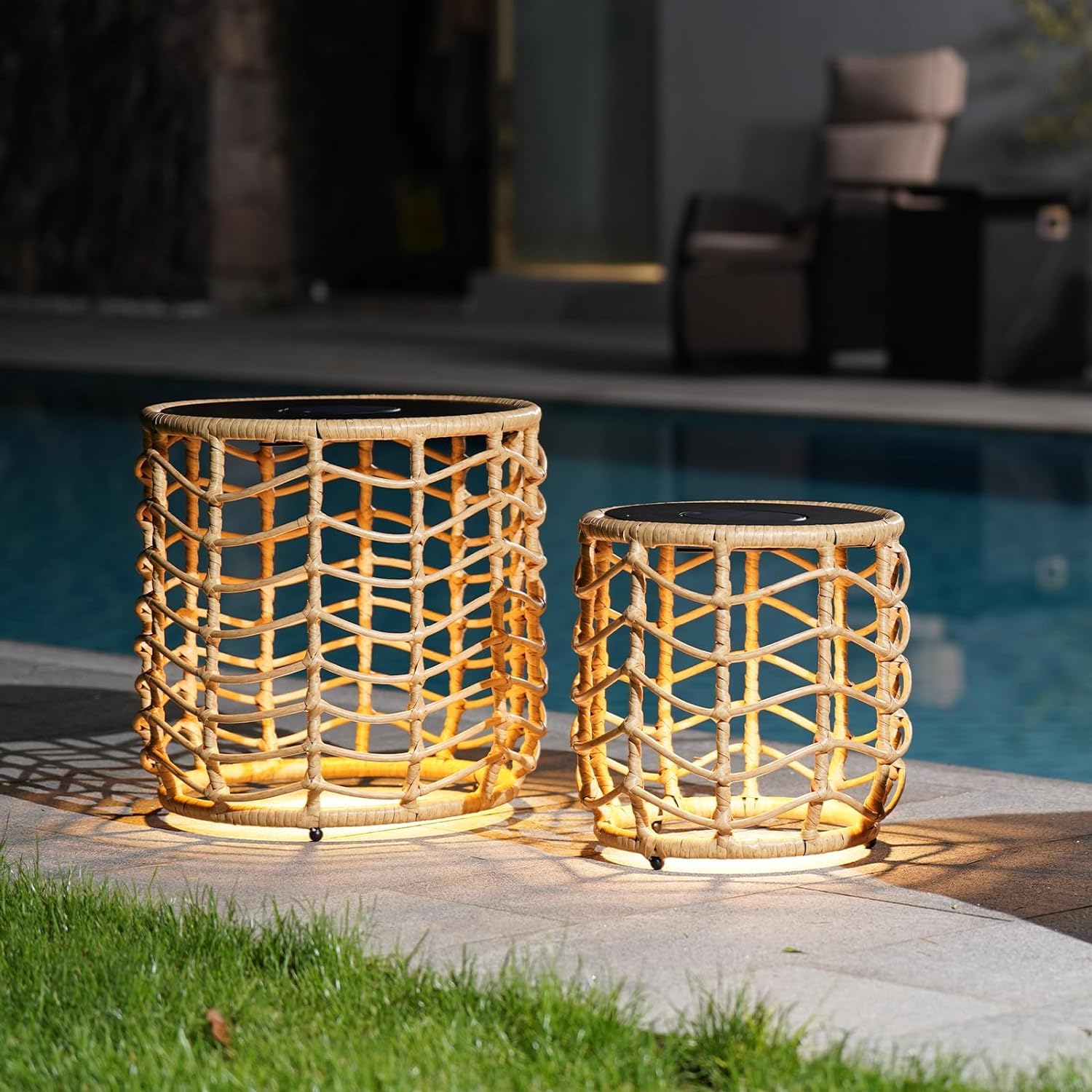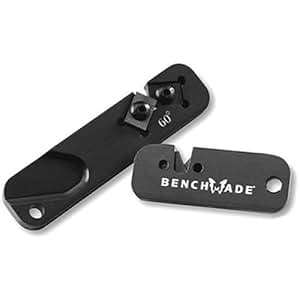Why a Sharp Knife is Your Best Friend in the Wild

Let’s be honest, a dull knife is more dangerous than a sharp one. In the wilderness, a reliable edge is crucial for everything from preparing food and building shelter to processing game and handling emergencies. A well-sharpened blade makes tasks safer and easier, saving you time and energy. But carrying a bulky sharpening system on a multi-day trek? That’s where the right field-tested sharpener becomes invaluable. This guide will help you find the perfect tool for your outdoor adventures, whether you’re a seasoned survivalist or a weekend camper.
Types of Sharpeners for Outdoor Use: A Deep Dive
The outdoor market offers a variety of sharpeners, each with its own strengths and weaknesses. Let’s break down the most popular types:
1. Pocket Sharpeners: Compact and Convenient
These small, lightweight sharpeners are perfect for backpacking and minimalist adventures. Many feature ceramic rods or diamond-coated steel for a quick touch-up. They often lack the precision of larger systems, but their portability makes them a worthwhile addition to any outdoor kit. Look for models with durable construction, as they’ll likely endure some bumps and scrapes along the way.
2. Sharpening Stones: The Classic Choice
Natural or synthetic sharpening stones offer precise control and a durable sharpening solution. They come in various grits (fineness of the abrasive), allowing you to hone a keen edge in stages. While heavier than pocket sharpeners, they’re incredibly versatile and produce exceptional results. Consider a combination stone (coarse and fine grits) for maximum effectiveness. Remember to keep them dry and store them properly to preserve their integrity.
3. Pull-Through Sharpeners: Easy and Efficient
These sharpeners feature a fixed angle guide, making sharpening relatively foolproof, even for beginners. While they might not offer the same level of control as a stone, they’re incredibly fast and easy to use, making them a great choice for quick touch-ups on the go. Look for models with durable blades and multiple stages for different sharpening needs.
4. V-Sharpener: Precision for the Experienced
These sharpeners use a V-shaped groove to guide the blade at a consistent angle, offering great control and a sharp edge. They require a bit of practice to master, but for those who want a more precise and longer lasting edge, this type is worth the investment.
Factors to Consider When Choosing an Outdoor Sharpener

Choosing the right sharpener depends on your specific needs and the type of adventures you embark on:
* **Portability:** How much space do you have in your pack? Pocket sharpeners are ideal for backpacking, while larger stones might be better suited for car camping.
* **Durability:** Will your sharpener withstand the rigors of the outdoors? Look for robust construction and materials.
* **Ease of Use:** How comfortable are you with different sharpening techniques? Pull-through sharpeners are beginner-friendly, while stones require more practice.
* **Sharpness Achieved:** How keen of an edge do you require? Sharpening stones generally produce the sharpest edge.
* **Maintenance:** How easy is it to clean and maintain your sharpener?
Field-Tested Reviews: Top Picks for Outdoor Sharpening

We’ve compiled a list of some top contenders based on extensive research and user feedback:
* **[Sharpener Brand A]:** Known for its compact size and surprisingly effective ceramic rods. Ideal for backpacking and quick touch-ups.
* **[Sharpener Brand B]:** This combination sharpening stone offers excellent value and versatility, providing both coarse and fine grits for a perfect edge.
* **[Sharpener Brand C]:** A pull-through sharpener that’s easy to use and surprisingly effective, perfect for beginners.
* **[Sharpener Brand D]:** A premium V-sharpener for the experienced user seeking unparalleled control and precision.
*(Note: Replace “[Sharpener Brand A]”, “[Sharpener Brand B]”, etc. with actual brand names and include links to products if possible)*
Comparison Table: Key Features at a Glance

| Sharpener | Type | Portability | Ease of Use | Durability | Sharpness | Price Range |
|—————–|——————|————–|————-|————|———–|————-|
| [Sharpener A] | Pocket | Excellent | Easy | Good | Moderate | $10-$20 |
| [Sharpener B] | Sharpening Stone | Moderate | Moderate | Excellent | High | $20-$40 |
| [Sharpener C] | Pull-Through | Good | Easy | Good | Moderate | $15-$30 |
| [Sharpener D] | V-Sharpener | Moderate | Difficult | Excellent | High | $30-$60 |
Practical Tips for Sharpening in the Field
* **Clean your blade:** Before sharpening, wipe your blade clean of any debris.
* **Use a consistent angle:** Maintaining a consistent angle is key to achieving a sharp edge.
* **Sharpen in short strokes:** Avoid applying too much pressure, and use short, even strokes.
* **Maintain your sharpener:** Clean and store your sharpener properly to prolong its lifespan.
Conclusion: Choosing Your Perfect Outdoor Companion
Selecting the right sharpener for your outdoor adventures boils down to your personal needs and preferences. Consider portability, ease of use, durability, and the level of sharpness you require. Whether you opt for a compact pocket sharpener, a versatile sharpening stone, or an easy-to-use pull-through model, a well-chosen sharpener is an essential piece of gear that will significantly improve the safety and efficiency of your outdoor experiences. Remember to practice sharpening regularly to hone your skills and keep your blades razor-sharp, making every outdoor adventure a bit smoother and safer.